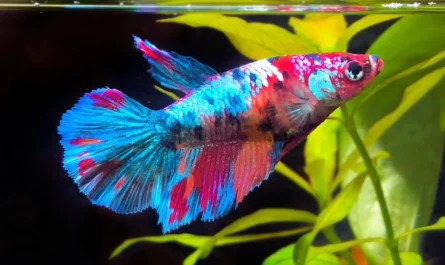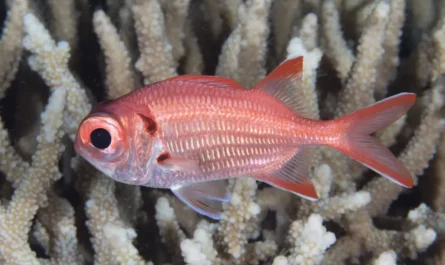When delving into the realm of wild animals, the Green Bottle Blue Tarantula emerges as a distinctive emblem of diversity and vibrancy. With its striking appearance and captivating allure at first glance, this spider paints a mesmerizing picture of nature’s beauty and enigma. In this chapter, we embark on a journey into the marvelous world of the Green Bottle Blue Tarantula, exploring every facet of its existence—from its biology and behavior to its relationship with its habitat.
Thank you for reading this post, don't forget to subscribe!Introduction to the Green Bottle Blue Tarantula
Stand out with special colors and designs
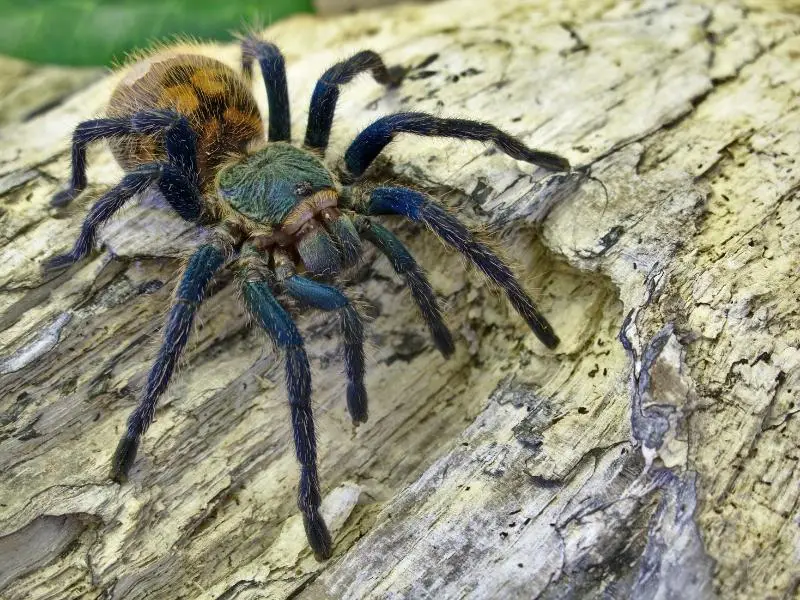
The Green Bottle Blue Tarantula, known scientifically as Chromatopelma cyaneopubescens, is a standout member in the realm of arachnids. Hailing primarily from the arid regions of Northern Venezuela, this tarantula has gained attention not just for its appearance but also for its intriguing behaviors.
Visually, the Green Bottle Blue Tarantula is a captivating specimen that immediately grabs attention with its distinct appearance. Its body boasts a combination of contrasting colors that are a treat to the eyes. Starting from its cephalothorax (the front part of the body), which sports a rich greenish hue, the transition to its abdomen is marked by intricate patterns and textures.
One of the most striking features of this tarantula is its legs. The tarantula possesses the standard eight legs characteristic of arachnids, each exhibiting a vibrant blue coloration. This shade of blue is intense, almost shimmering under certain light conditions, making it a focal point of its appearance. Contrasting with the blue legs, the carapace and abdomen often display a blend of greens, ranging from mossy shades to deeper emerald tones. This interplay of blues and greens creates a stunning visual contrast that sets the Green Bottle Blue Tarantula apart from many other species in its genus.
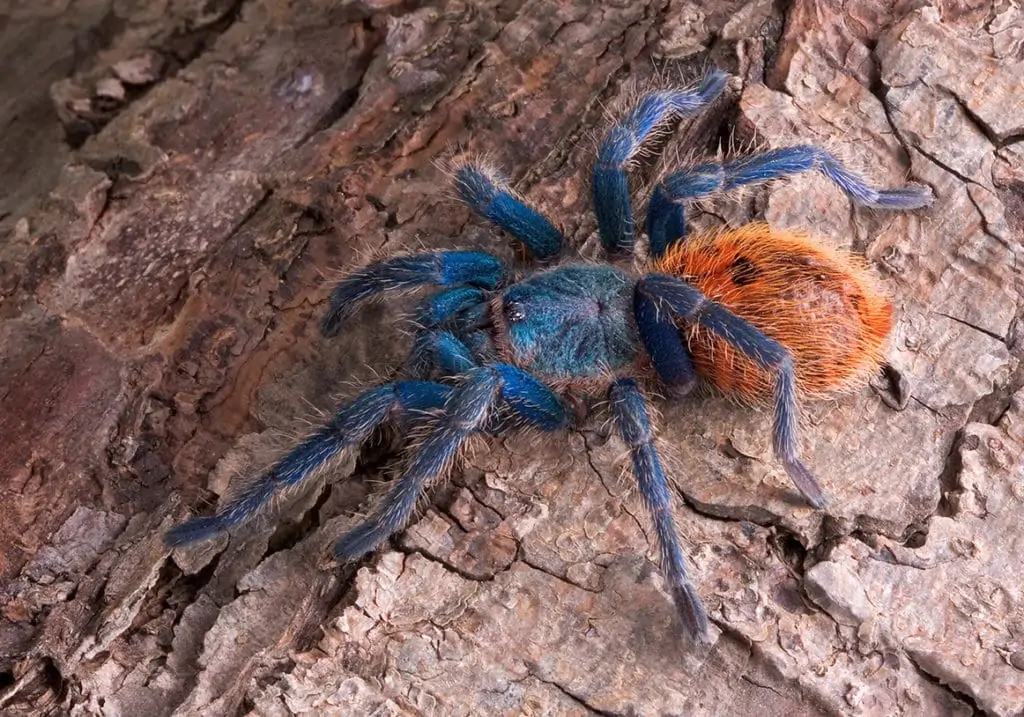
Beyond its coloration, the tarantula’s physical structure is equally captivating. The body is covered in fine hairs, adding to its textured appearance and aiding in sensory functions. These hairs, along with its distinct color pattern, play a vital role in its survival in the wild. The vibrant blue legs, for instance, help the tarantula camouflage against the backdrop of its natural habitat, be it the leaf litter on the forest floor or the crevices of its burrow. This camouflaging ability provides it with a strategic advantage, allowing it to evade potential predators while also aiding in ambushing prey.
The Green Bottle Blue Tarantula’s unique combination of vibrant colors, eight distinct legs, and textured body makes it a standout species in the vast world of tarantulas. Its appearance is not just aesthetically pleasing but also serves essential functional purposes in its natural environment, ensuring its survival and continued evolution.
Size and longevity
In terms of size, the Green Bottle Blue Tarantula displays a notable yet balanced dimension that distinguishes the genders distinctly. Adult females of this species typically have a leg span that ranges between 4 to 5 inches. Delving deeper into specifics, their bodies, or carapaces, can measure approximately 1.5 to 2 inches in length. This larger size in females is not just a matter of physical appearance, it plays a pivotal role in their reproductive capabilities.
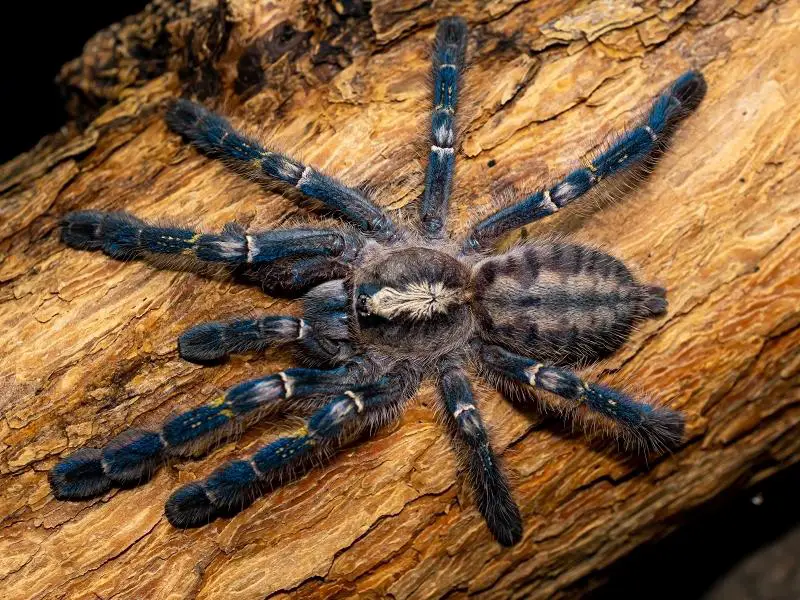
On the other hand, the male Green Bottle Blue Tarantulas are relatively more petite. Their leg span usually measures around 3 to 4 inches, with a carapace length averaging between 1 to 1.5 inches. This size disparity between the genders is not merely for aesthetic reasons. In the natural ecosystem, it reflects distinct roles and survival strategies. For instance, the females’ larger size allows them to carry and lay a more extensive egg sac, contributing to the species’ continuity. Conversely, the males, being smaller, often exhibit more agile movements, aiding in their quest to locate and mate with receptive females.
When discussing longevity, the Green Bottle Blue Tarantula has a commendable lifespan for a tarantula species. Females typically outlive their male counterparts. A well-cared-for female can live anywhere between 10 to 15 years in captivity, with some reports suggesting even longer lifespans under optimal conditions. In contrast, males have a shorter lifespan, typically ranging from 3 to 6 years. This disparity in lifespan, coupled with size differences, underscores the intricate dynamics and evolutionary strategies these tarantulas have developed over millennia.
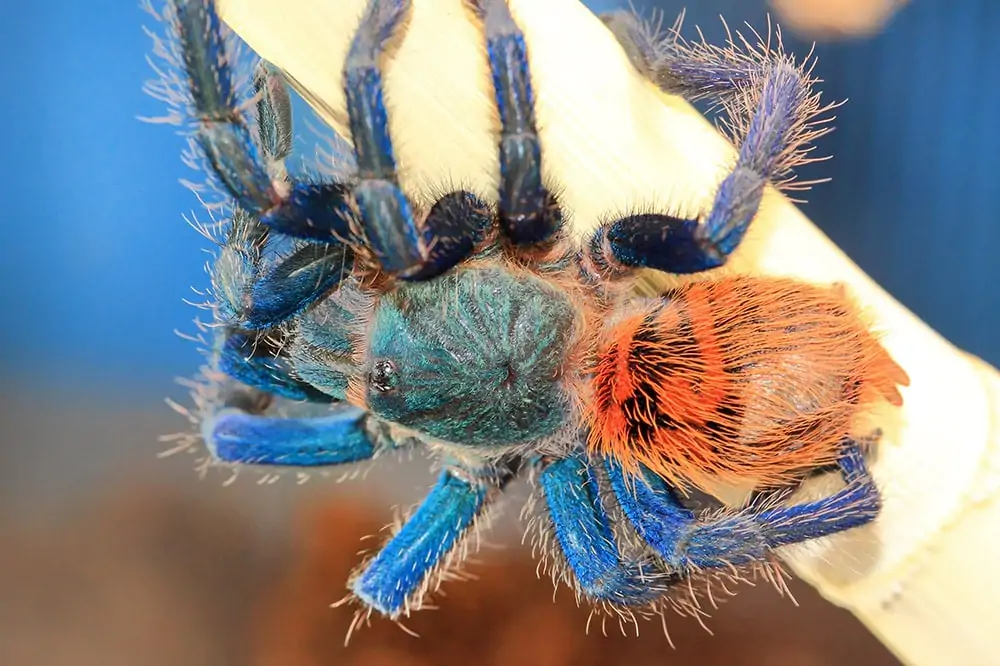
Behaviorally, the Green Bottle Blue Tarantula is a study in contrasts. Although it prefers terrestrial environments, often creating burrows for shelter, its movements can be both deliberate and spontaneous. Such behaviors are not just about survival but also play a crucial role in its hunting techniques, allowing it to capture a range of prey effectively.
For those interested in keeping this species in captivity, it’s essential to recreate its natural habitat. This means ensuring a semi-arid environment, maintaining specific humidity levels, and providing suitable shelters and temperatures.
The Green Bottle Blue Tarantula offers a fascinating glimpse into the wonders of nature. By understanding its origins, physical characteristics, and behaviors, enthusiasts and researchers alike can appreciate the unique role it plays in its ecosystem and the broader world of arachnids.
Behavior and Survival of the Green Bottle Blue Tarantula
Hunting and Movement:
The Green Bottle Blue Tarantula is primarily a ground dweller. It builds burrows for shelter and hunting. When it comes to catching prey, these tarantulas display a mix of patience and agility. They often lie in wait at the entrance of their burrows, sensing vibrations that signal potential prey’s presence. Once they detect something, they quickly strike, using their speed and venom to subdue insects and sometimes even small vertebrates. Their movements, though deliberate when hunting, can appear sporadic, especially when they’re exploring or sensing their surroundings.

Reproduction:
In terms of reproduction, the Green Bottle Blue Tarantula follows a pattern similar to many tarantula species. Males often approach females cautiously, especially considering the potential risk of becoming a meal post-mating. Once the female accepts the male, they engage in a brief mating ritual. After mating, the female lays eggs in a silk cocoon, safeguarding them until they hatch. This process ensures the continuity of their species and contributes to their survival in their native habitats.
Interaction with the Environment:
The Green Bottle Blue Tarantula’s survival is closely linked to its environment. Their burrowing habits help regulate body temperature, providing insulation from extreme external conditions. The species also plays a role in its ecosystem by controlling insect populations, thereby maintaining a balance in its habitat. While they primarily interact with their immediate surroundings through hunting and shelter-building, their presence and behaviors impact the broader ecosystem dynamics.
Care and Interaction with Humans of Green Bottle Blue Tarantula
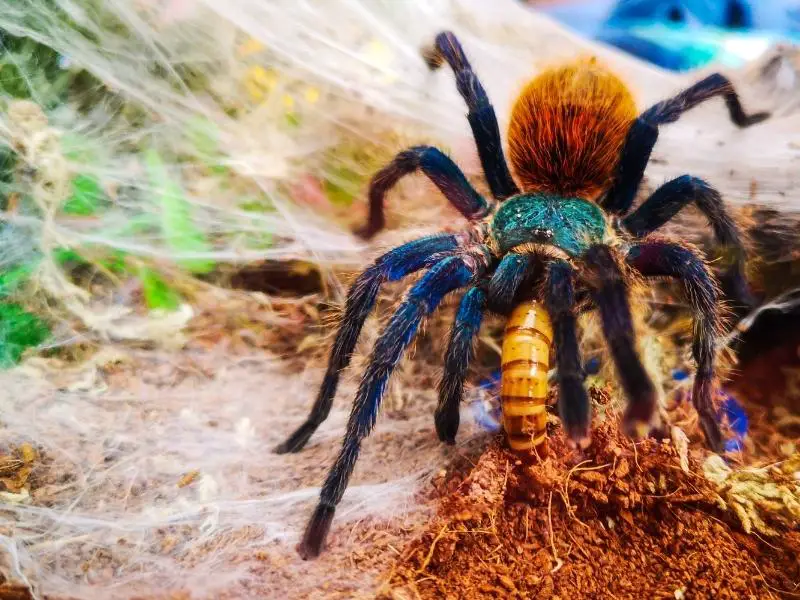
Diet and Feeding Regimen
In the wild, Green Bottle Blue Tarantulas primarily feed on insects. When kept as pets, replicating this natural diet is crucial. A varied diet consisting of live prey such as crickets, roaches, mealworms, and occasional waxworms ensures they receive essential nutrients. It’s vital to provide prey that’s appropriately sized; too large can be challenging for them to consume, while too small might not fulfill their nutritional requirements.
Feeding frequency varies with age; juveniles might need feeding every 2-3 days, while adults can be fed 1-2 times a week. Always ensure the prey is gut-loaded (fed nutritious food) before offering it to the tarantula to enhance its nutritional value.
Habitat and Care in Captivity
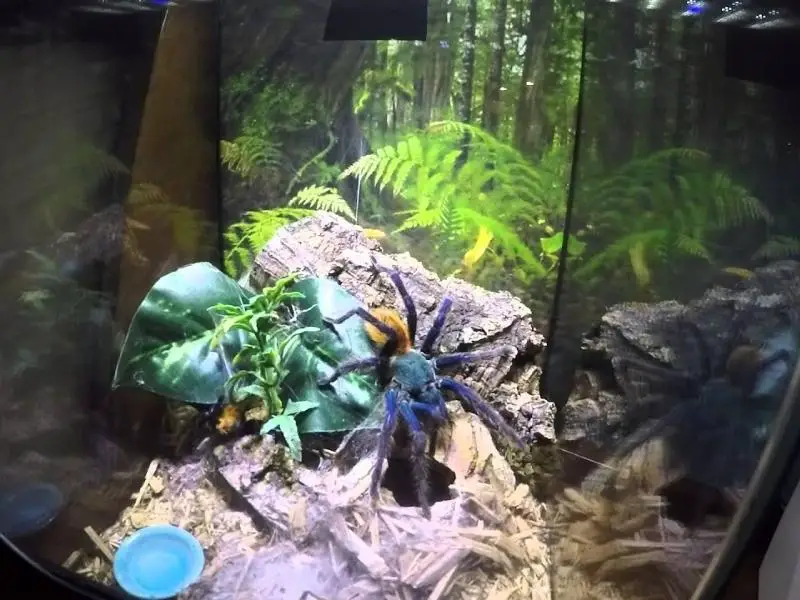
Creating a suitable environment mimicking their natural habitat is essential. A terrarium with a substrate layer (coconut fiber or peat moss), adequate ventilation, and hiding spots is ideal. Maintain humidity levels between 60-70% and temperatures ranging from 75°F to 85°F.
It’s crucial to clean their enclosure regularly, removing uneaten prey or molting remains to prevent bacterial growth and ensure a hygienic environment. While these tarantulas are generally docile, minimize handling to reduce stress. When handling is necessary, ensure your hands are clean, and always approach them gently, avoiding sudden movements.
Behavior Towards Humans
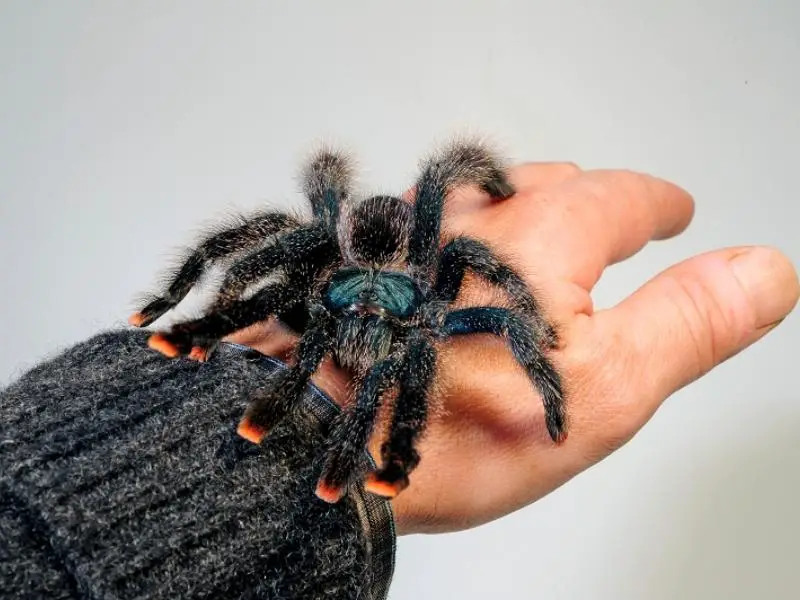
While Green Bottle Blue Tarantulas are not aggressive towards humans, they can exhibit defensive behaviors if threatened. Flicking urticating hairs or adopting a defensive posture are signs of discomfort. Respect their space, avoid unnecessary handling, and create a stress-free environment to ensure their well-being.
Benefits and Considerations
The Green Bottle Blue Tarantula’s presence in the pet trade offers enthusiasts an opportunity to appreciate its beauty and behavior up close. However, potential owners should research thoroughly, ensuring they can provide the necessary care and environment. Adhering to ethical sourcing practices, avoiding wild-caught specimens, and understanding local regulations are essential.
Understanding the Green Bottle Blue Tarantula’s dietary needs, habitat requirements, and behavior ensures a rewarding experience for both enthusiasts and the tarantula itself. Proper care, respect, and appreciation for this species foster a harmonious relationship in captivity.
I hope that through the above article, you’ve gained a comprehensive understanding of the Green Bottle Blue Tarantula, a unique spider species known for its distinctive appearance and characteristics. From its harmonious coloration and physical structure to its lifespan and survival behaviors, we’ve delved deeper into its interactions with the environment and its significant role within the ecosystem. This isn’t just about any ordinary insect; it stands as a testament to the intricacies and complexities within the animal kingdom, showcasing nature’s finesse and adaptability.


